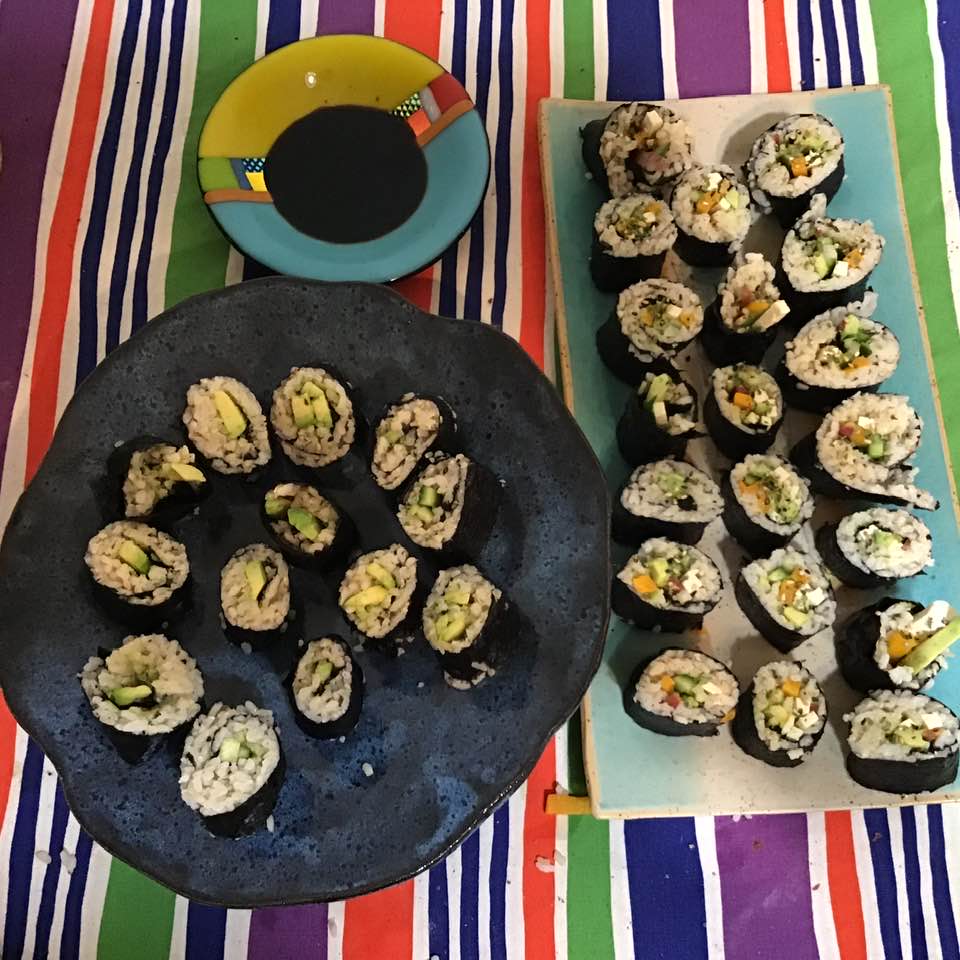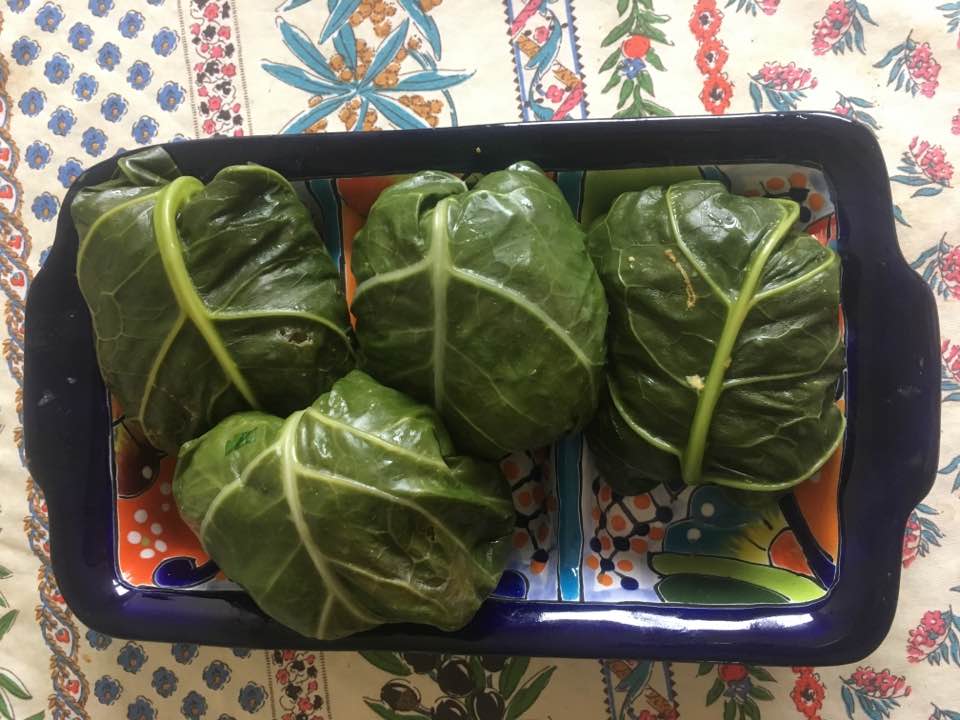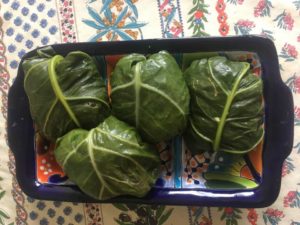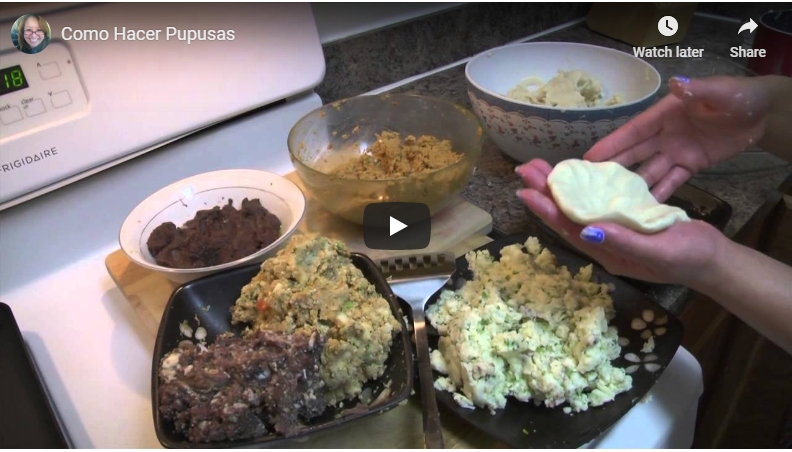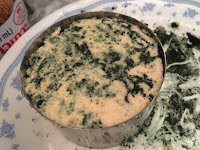I was going to write a post about the latest Plata hearing, vaccines, and the sad stories that the Davis Vanguard has been uncovering (great journalistic job, guys!) but my heart is heavy, so we rallied our spirits by having family sushi-making night. I only wish we could share the tray with everyone we are in communication with, including families, currently incarcerated folks, formerly incarcerated folks, frontline health workers… after all ***this*** (insert expansive hand motion here) is over, perhaps we can all get together as a community for a potluck?
In the meantime, I’m extending all of you an invitation to our upcoming symposium about mass incarceration and the COVID-19 crisis. Attendance is free, but you do have to register to participate. And hey, we give MCLE credits!
Re the sushi: it’s pretty easy if you have the right ingredients on hand. Here’s what I use:
- 2 cups Sukoyaka Genmai (the best gently milled brown rice, which the wonderful Tanaka Sensei introduced our family to)
- 4 tbsp mirin
- 1 tbsp vegan furikake (we have some but you can make your own)
- 1 cucumber
- 1 carrot
- 3-inch cube of butternut squash
- 1 avocado
- 1/4 block of Hodo Soy tofu
- 1 package nori sheets
- sushi rolling mats
- saran wrap
Cook rice in instant pot or rice cooker. Get out of cooker, let cool to room temperature, then mix with mirin and furikake.
While rice is cooking, slice vegetables into very thin matchsticks. The butternut squash can be cut thinly and then baked until soft.
Place a bowl with tap water near the rice, veg, and sushi mat. Cover the sushi mat with a piece of saran wrap, then put a nori sheet on top. Moisten you hands in the water bowl; take a few big spoonfuls of rice and layer them, patting them down on the nori (1/4-inch thickness) and leaving about 2 inches at the end. Then, toward the beginning, place the vegetable sticks of your choice.
There are lots of tutorials on how to roll sushi–anyone will do. The lesson I learned was not to overfill. Use some water on a fingertip to seal.
Take your best knife, moisten it with tap water, and resolutely slice up the roll into little maki sushi (each about an inch long.) Sprinkle furikake or black sesame if desired. Enjoy!

